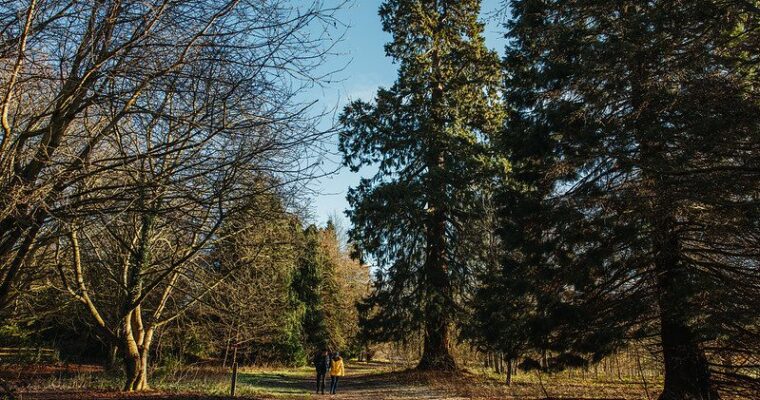The common land extends over fifty-eight hectares, and until the early 20th century, livestock grazing maintained the open character of the land. Once this ceased, bracken and birch began to overrun the reserve, leading to the reduction of the heath land and bog habitat, and resulting in the loss of many rare and highly specialised plants and animals. To reverse this decline, the heathland is now being carefully managed to restore and maintain a mosaic of open heath, grassland and bog. Grazing livestock have been re-introduced and are the key to maintaining this unique habitat. Many plants such as heather, cross-leaved heath, dwarf and common gorse, heath spotted-orchid, bog asphodel, and round-leaved sundew are now thriving, along with keeled skimmer dragonfly and tree pipit as a result of heath and bog habitat restoration. It is due to its unique landscape and wildlife that Hothfield Heathlands have been designated as a Site of Special Scientific Interest. The site has well trodden trails and a designated parking area. It also comprises areas of mature beech and oak woodland and has a children’s play area at the southern tip of the woodland.
Easy access information
This park and open space contains uneven trails, un-surfaced or narrow pathways. Also, there are width restricting features, such as stiles and narrow gaps making it difficult for visitors with pushchairs and/or wheelchairs to access some parts of the site.

